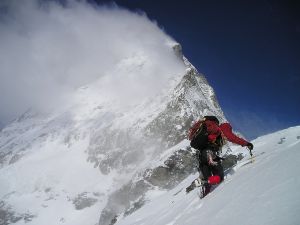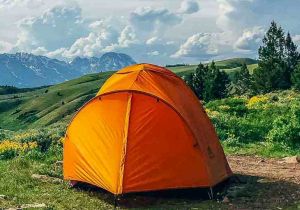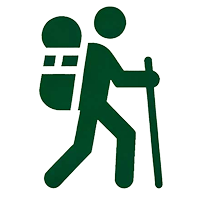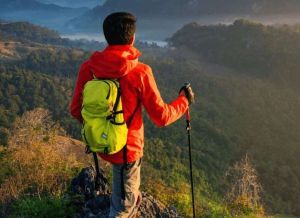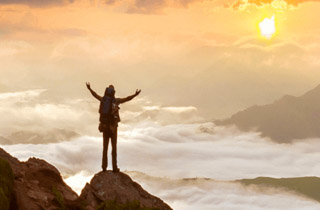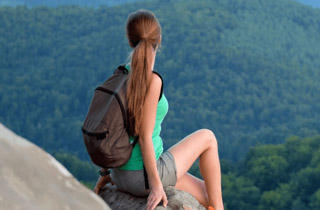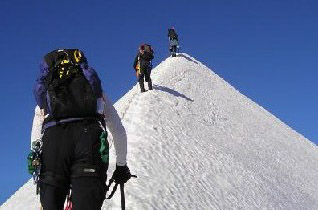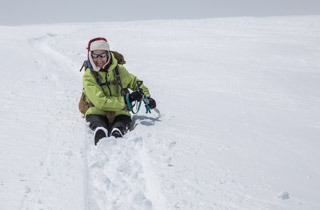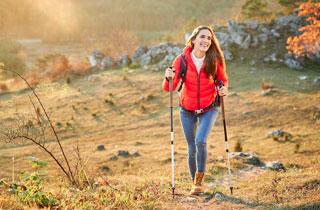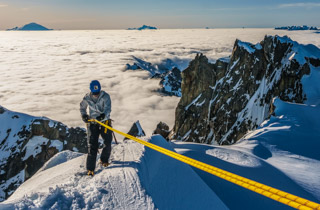Training
Mountain Climbing Training
Individuals interested in reaching the tops of mountains might get involved in scrambling and technical mountain climbing. Such activities often take you off established hiking trails and onto more technical terrain including talus, scree, rock, snow, ice, and glaciers. You might encounter stream crossings, dense brush, and snowy slope traverses. Such activities might involve ropes and ice axes. Scrambling and alpine climbing also typically require more upper-body strength and endurance than hiking and backpacking.
Backpacking and Trekking Training
Backpacking involves overnight camping in which the athlete carries everything needed for the duration of a trip, rather than having assistance from pack animals. Backpacking can range from an overnight trip near civilization to weeks in remote backcountry. Some people plan months-long trips with re-supplies such as segment- or thru-hikes along the Pacific Crest Trail, Continental Divide, or the Appalachian Trail.
Trekking includes carrying a day pack and staying in huts, teahouses, or yurts, often at altitude. Class treks include Machu Picchu, Everest Base Camp, or the Snowman’s trek in Bhutan. It also includes the Camino de Santiago. Wherever your trip takes you, we’ve got you covered with appropriate training suggestions.
Hiking Training
Hikers cover non-technical terrain of varying distances and elevation gain while carrying a pack. Weight for day hikes might range from a few pounds (i.e. snack, water, jacket) up to 20 pounds. Equipment might include trekking poles, headlamps, stove and fuel for multi-hour days, snacks, and clothing. Distances range from a few miles to extreme cases like the Grand Canyon Rim-to-Rim-to-Rim (43 miles and 12,000′ gain/loss). Elevation gain might range from flat to 7000′ or more. Whatever your hiking goal, we can create a suitable, custom-tailored training program!

